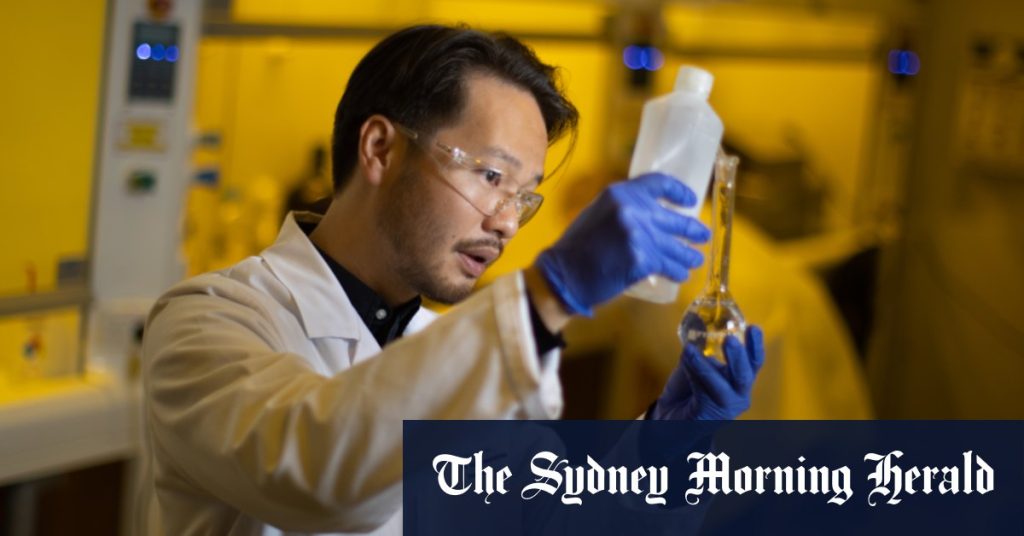The world of food analysis, contrary to popular television depictions, is a complex and meticulous process far removed from the instant results portrayed on shows like CSI. Dr. Udo Stobaus, from the National Measurement Institute (NMI) in Australia, emphasizes this, highlighting the intricate procedures required to accurately assess the nutritional content of food. Australia maintains stringent food standards, especially for export, necessitating rigorous testing to meet international requirements. This process encompasses everything from careful sampling and preparation to sophisticated chemical analysis, all while acknowledging inherent uncertainties in measurement.
One key aspect of accurate food analysis is representative sampling. Simply grabbing an apple from a tree is insufficient; a systematic approach is crucial, ensuring samples are collected from across the orchard to represent the overall produce. This principle applies to all food types, with considerations for how the food is consumed. For example, apple skins are included in analysis as they are eaten, while banana skins are not. Similarly, the analysis of seafood like prawns and lobsters varies depending on cultural cooking practices, where consuming the whole animal, including parts that may accumulate toxins, necessitates a different approach compared to consuming only the flesh.
Sample preparation is another critical step. At the NMI, food items are frozen with nitrogen and ground into a homogenous mixture for analysis. This process can be challenging for certain foods, like jelly lollies, requiring specialized tools and techniques to ensure proper preparation. Once prepared, the samples move to the chemical testing wing, where precise portions are weighed and combined with solvents to extract specific components, such as veterinary drug residues in meat and milk. Detecting even trace amounts of banned substances, like chloramphenicol, can have significant ramifications, as evidenced by China’s suspension of Australian meat exports in 2020.
The precision of measurement is paramount in food analysis. Even with meticulous sampling, preparation, and analysis, an inherent “measurement uncertainty” exists. This means that a nutritional label stating 5.6 grams of fat likely represents a range between 5.3 and 5.9 grams. This imprecision underscores the complexity of food analysis and the limitations inherent in the process. While the goal is accuracy, the reality is a range of probable values. This understanding is crucial for consumers interpreting nutritional labels and for regulatory bodies setting food standards.
Beyond nutritional content, food analysis also plays a crucial role in verifying origin and authenticity, a growing concern for consumers, particularly for products like Indigenous Australian foods. Demonstrating a product’s provenance requires rigorous testing and traceability protocols to ensure consumers are receiving what they expect. This aspect of food analysis is becoming increasingly important in a globalized food market, where ensuring authenticity and origin can be challenging.
Working in this field doesn’t necessarily translate to obsessive dietary habits for NMI staff. Dr. Stobaus admits to a fondness for carbohydrates while also being mindful of saturated and trans fats. He highlights the importance of context, noting that while some foods inherently contain higher levels of certain nutrients, others can become problematic due to processing or repeated use of cooking oils, as with the trans fat accumulation in fish and chips repeatedly fried in the same oil. This demonstrates a practical, balanced approach to food consumption, even for those intimately familiar with its intricacies. The focus remains on an informed awareness of food composition and preparation practices rather than strict dietary restrictions.










